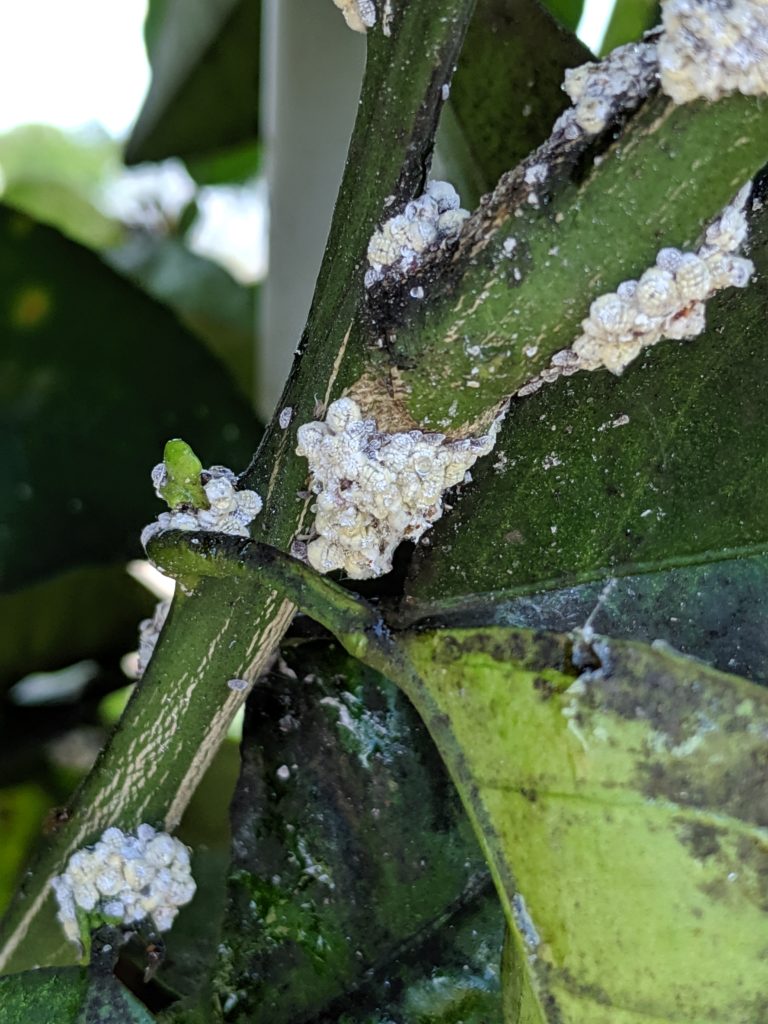University of Florida Institute of Food and Agricultural Sciences (UF/IFAS) specialists are alerting Georgia citrus growers about an invasive pest that’s impacting Florida’s crop.

Lebbeck mealybugs have yet to navigate their way to Georgia. But it is only a matter of time, says Lauren Diepenbrock, UF/IFAS assistant professor and entomologist.
“It’ll get up to Georgia probably. We’re doing our best to stop that, but we can’t control people,” Diepenbrock says. “People move things. We’ve had two instances of this insect getting out on nursery plantings that originated in Florida. We don’t know if they got the bug in Florida, but we do know the plants originated in our area. It’s becoming a huge pest as far as the range of things that it infests.”
The mealybug feeds on 144 hosts, including 48 in Florida. But Georgia has other hosts that could attract increased pest pressure from mealybugs, namely cotton. Blueberries, hemp and a number of ornamentals are also produced in Georgia that are attractive for the lebbeck mealybug to feed on.
“I’m concerned for the citrus, blueberry and cotton industries,” says Diepenbrock. “Lebbeck mealybug is a huge cotton pest in Pakistan. I’ve alerted my colleagues (in Georgia) to keep an eye out for it because they’ll want to get on top of it as soon as possible if the pest shows up.”
The lebbeck mealybug has been in Central and South Florida since 2019. In high populations, the pest can kill young citrus trees. Lebbeck mealybug can cause physical damage to the fruit in older trees, leading to fruit drop. Nymphs and adults excrete honeydew, leading to sooty mold development.
“It is a big problem in citrus. It causes a lot of fruit drop,” says Diepenbrock. “We have seen it in other hosts, mostly because our agents have found it working with growers who have a problem. We’ve been working with the Florida Department of Ag to document the host range that we have in Florida. If growers find it, get a hold of your Extension agent as soon as possible. Help us get it contained and help us prevent further damage.”









